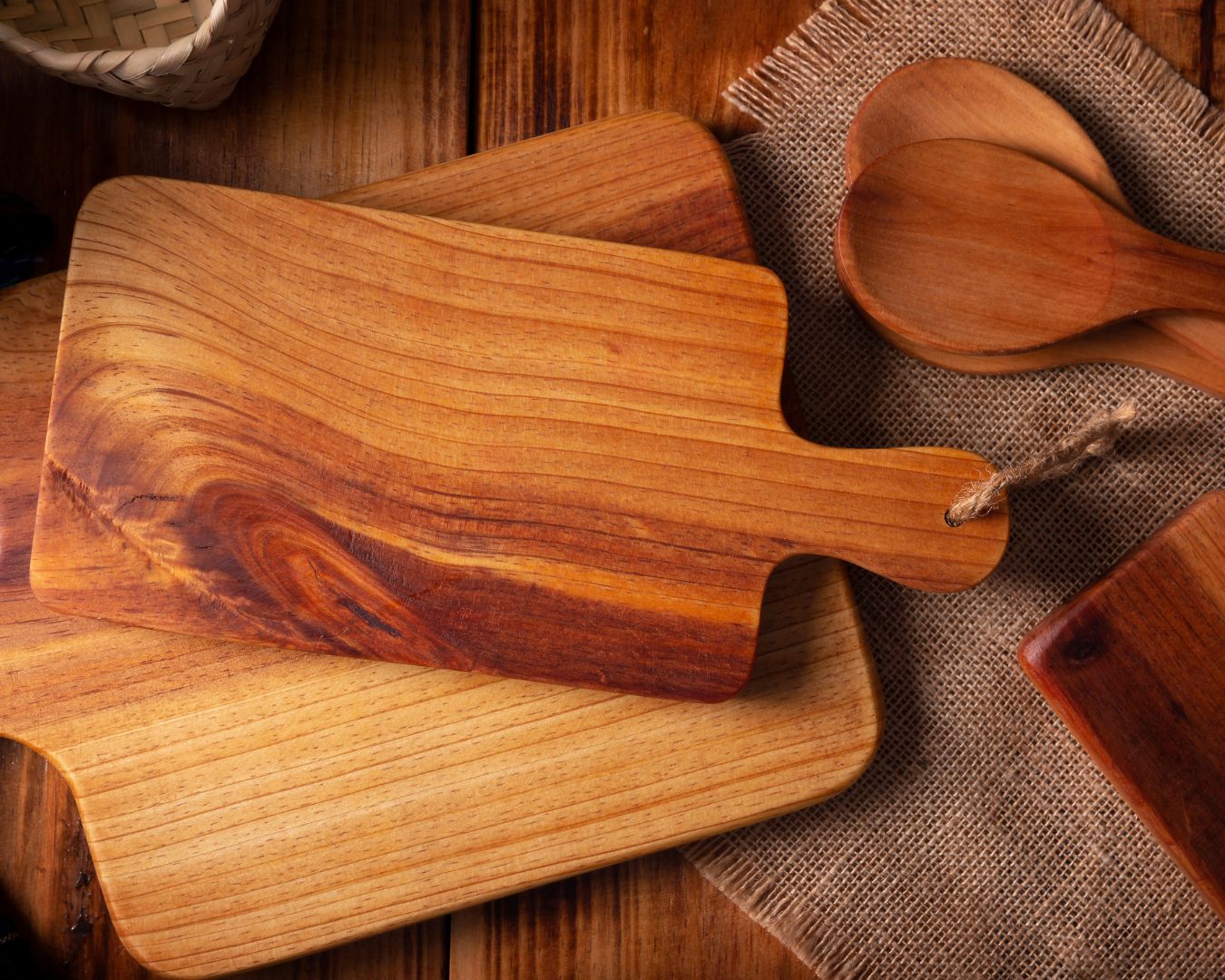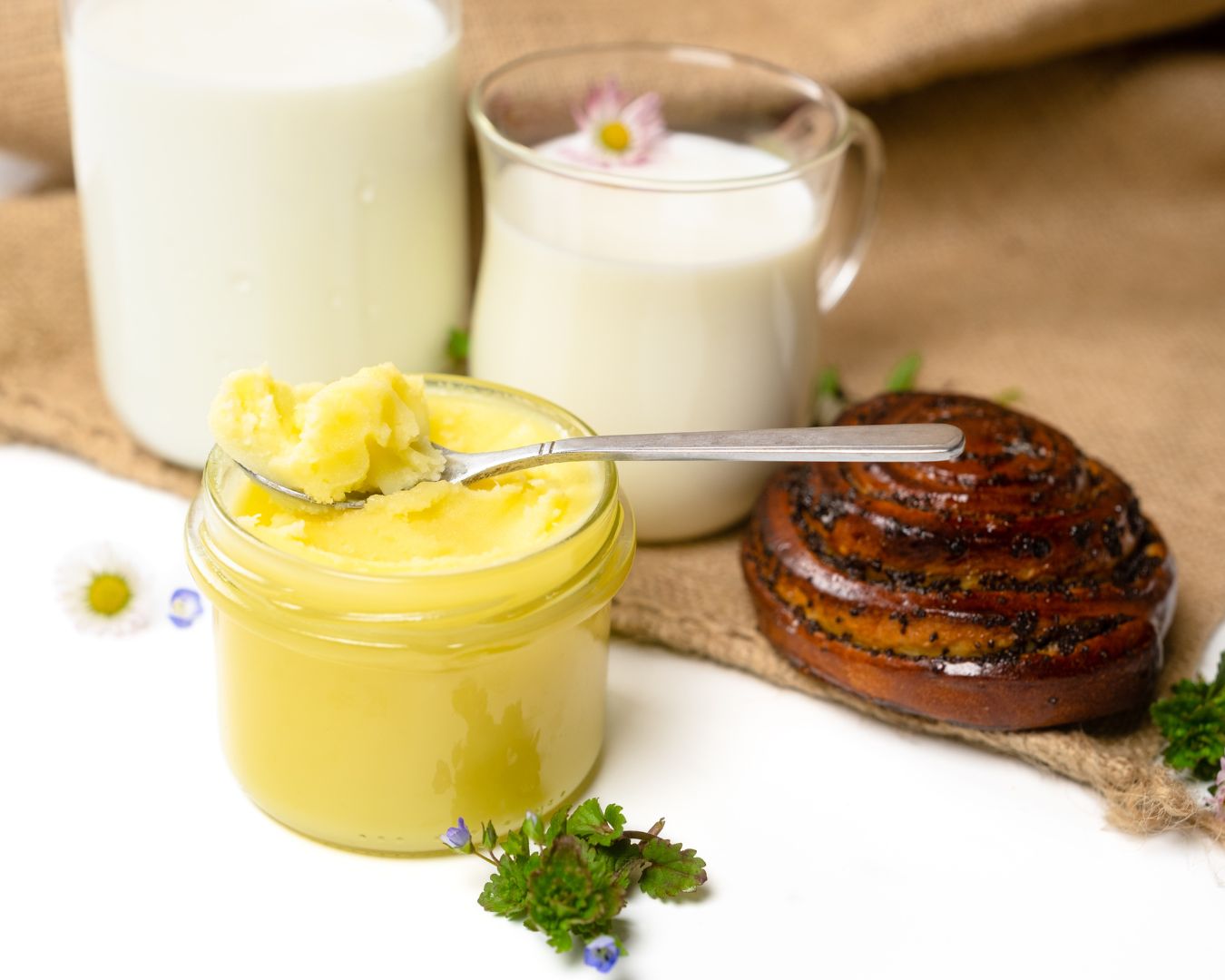How to Cook Dried Pulses: A Comprehensive Guide
Dried pulses, including lentils, chickpeas, beans, and peas, are nutritious, versatile, and cost-effective pantry staples. Cooking them from dried not only enhances their flavor but also gives you better control over their texture and seasoning. Here’s a step-by-step guide to cooking dried pulses, ensuring they turn out perfectly every time. Types of Dried Pulses and Their Uses Understanding the different types of dried pulses can help you choose the right one for your recipes: Preparing Dried Pulses Before cooking, pulses require some preparation to ensure they are clean, tender, and safe to eat. Note: Lentils and split peas do not require soaking and can be cooked directly. Cooking Dried Pulses Once your pulses are prepared, follow these general steps to cook them: Tips for Perfectly Cooked Pulses Using Cooked Pulses Cooked pulses are incredibly versatile and can be used in a variety of dishes: Cooking dried pulses is a straightforward process that opens up a world of culinary possibilities. Whether you’re preparing a comforting soup, a hearty salad, or a flavorful curry, knowing how to cook dried pulses properly will enhance your dishes and provide you with nutritious, delicious meals. Embrace the versatility of pulses and enjoy their rich flavors and health benefits in your everyday cooking!










